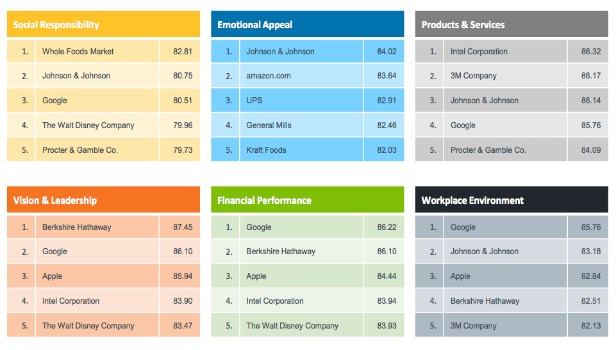Businesses have a tricky relationship with Yelp. On the one hand, it can be a great way for customers to find a business, and a positive Yelp presence can encourage the customer to actually visit. On the flipside, negative reviews can be very damaging, and have led to plenty of defamation suits.
Do you interact with negative reviews of your business? What approach do you take? Let us know in the comments.
Yelp is now giving some advice to business owner about how they should response to reviews. Senior manager of local business outreach at the company wrote a blog post as a “how-to guide”. Within this are “two important things you should know about responding to reviews on Yelp”. Remmers writes:
Always respond to reviews in a diplomatic, polite way. You can respond to both your negative and positive reviews on Yelp. You’re also able to respond to each review either privately or publicly. A private message is rather like a personal email and is only visible to that individual reviewer and you. It’s ideal for thanking patrons and also a good first step to find out more information from a dissatisfied customer. The other option is a public message which is visible to everyone. Make sure when posting a public response, that you thank the reviewer for their feedback, state your policies and address any of their concerns.
Negative review? Although around 80% of the reviews on Yelp are 3 stars or higher, there is a chance you may get a negative review at some point. For starters, don’t send the reviewer a defensive private message or post something publicly accusing the reviewer of being a fraud. It’s viewed negatively by other consumers that encounter it and ends up only drawing more attention to the review. Instead, send the reviewer a private message to determine if they’re willing to connect with you privately to provide more details of what may have transpired.
Last year, as one defamation suit was making headlines, Yelp told users not to be afraid to leave negative reviews.
“It’s important to keep in mind that the First Amendment guarantees the rights of consumers to express their opinion about a business and honestly describe their experience,” wrote Yelp Senior Director of Litigation Aaron Schur. “These strong protections are why these suits are unlikely, especially when a reviewer has thoughtfully shared their views (Yelp provides guidance on how to do this in our Content Guidelines). We find the most useful reviews include a rich narrative, a wealth of detail and perhaps a helpful tip for others who are looking to spend their hard-earned money at that local business.”
It’s in Yelp’s best interest that negative reviews exist, because who would trust a site where all reviews are positive? You’re going to get negative reviews. Addressing them the right way, however, could help you save a significant amount of space and help you avoid the Streisand effect.
About six months ago, Yelp launched the Yelp for Business Owners app to make it easier for businesses to keep up with reviews. Available on Android and iOS, it notifies business owners in real time of new Yelp messages and reviews so businesses can respond in a timely fashion.

“Since launching in June of 2014, consumers are now sending an average of 55,000 messages each month to businesses through our free Message the Business tool,” Yelp said at the time. . “With more than 64% percent of Yelp searches done on mobile and 73 million monthly unique visitors using Yelp via their mobile device as of Q3 2014, it’s clear there’s a demand to conduct these conversations on the go.”
Business owners can also use the new app to view their business page activity, such as the number of user views and customer leads they have generated over the past 30 days. They can respond to reviews by private message or public comment, and respond to customer inquiries from the Message the Business feature. Advertisers can also use the app to view reports on ad clicks from Yelp users.
Earlier this month, Yelp put out a call for small business owners to volunteer for its Small Biz Advisory Council. Specifically, they’re looking for Yelp aficionados who wish to act as representatives for business owners around the world and share insights with Yelp execs.
According to the company, those selected will be able to make connections with small business leaders from around the world, travel to San Francisco for a summit at the Yelp headquarters, provide input on products in development, brainstorm new ideas for the company to consider, and be a resource for other business owners who have questions about Yelp’s products.
Do agree with Yelp about how businesses should respond to reviews? Tell us what you think.
Image via Yelp (Flickr)














